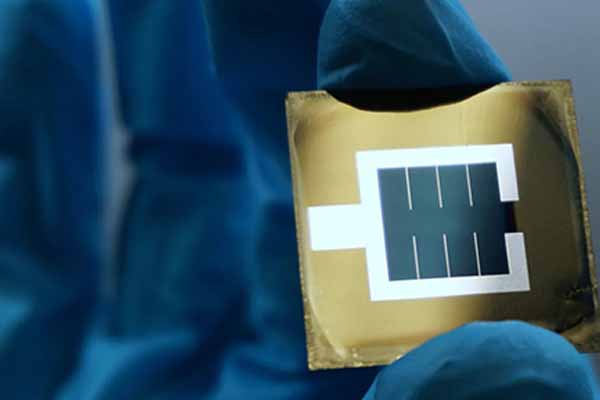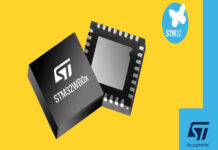Researchers at the solar-cell technology institute Helmholtz Zentrum Berlin (HZB) have developed a tandem solar cell that converts 32.5% of incident solar radiation into electrical energy – a world record. Tandem solar cells increase the efficiency of a solar cell by splitting the spectrum and optimizing each section of the spectrum.
The European Solar Test Installation (ESTI) in Italy has certified HZB’s tandem solar cell, and it’s also now included on the US National Renewable Energy Lab’s Best Research-Cell Efficiency Chart, according to HZB’s announcement.
The researchers used “an advanced perovskite composition with a very smart interface modification.”
The above illustration shows the tandem solar cell with a bottom cell made of silicon and a top cell made of perovskite. The top cell utilizes blue light components and the bottom cell converts the red and near-infrared components of the spectrum. Different thin layers help to optimally use the light and minimize electrical losses.
Silicon is currently the standard material in solar cells, and perovskite and silicon have been developed separately as semiconductor materials for solar panels. Scientists see perovskite as having untapped potential, and they experiment with it by combining it with other materials. HZB researchers achieved a record 29.8% solar cell efficiency in late 2021, and in summer 2022, the Ecole Polytechnique Fédérale de Lausanne, Switzerland, reported a certified solar tandem cell with a value of 31.3%.












